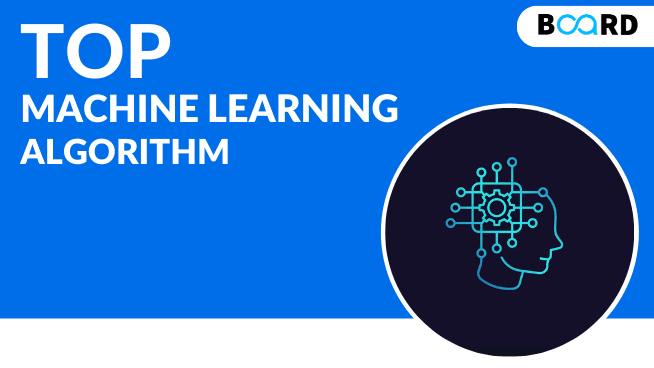Advanced Machine Learning Techniques
Top 5 Machine Learning Algorithms every Data Scientist should Know

In Data Science, Machine Learning is a subset and its statistical methods are used to empower machines to learn without being programmed explicitly. The field focuses on letting algorithms learn about the cases from the provided data, collect insights, and make predictions on unanalyzed data based on the gathered information.
There are several Machine Learning algorithms that every Data Scientist must know, which can benefit both them and the Machine Learning Engineers in their professional careers. Here we are going to list the top machine learning algorithms for you so that you can become aware or polish your knowledge of these algorithms.
1. Regression
The regression algorithm lands in the category of supervised Machine Learning. They help to predict or explain a particular numerical value based on a set of prior data, for example predicting the price of a property based on previous pricing data for similar properties can be done using the regression algorithm.
2. Clustering
In the clustering algorithm, we get into the category of unsupervised Machine Learning because their motive is to group or cluster observations that have exact or similar characteristics. Clustering methods do not use any output information for training but instead let the algorithm define the output. In clustering methods, we can only use visualizations to inspect the quality of the solution.
3. Classification
Another module of supervised Machine Learning, the classification algorithm helps to predict or explain a class value.
For example, they can help predict whether the customer online will buy a product or not. The output can be Yes or No. But classification methods aren’t limited to two classes.
A classification method could help to assess whether a given image contains a car or a truck. In this case, the output will be 3 different values:
1) the image contains a car,
2) the image contains a truck, or
3) the image contains neither a car nor a truck.
4. Transfer Learning
It refers to re-using part of a previously trained neural net and adapting it to a new but similar task or case. Specifically, once you train a neural net using data for a task, you can transfer a fraction of the trained layers and combine them with a few new layers that you can train using the data of the new task. By adding a few layers, the new neural net can learn and adapt quickly to the new task.
5. Natural Language Processing (NLP)
NLP is not a machine learning method as per, but rather a widely used technique to prepare the text for machine learning. Think of tons of text documents in a variety of formats (word, online blogs, article). Most of these text documents will be full of typos, missing characters, and other words that needed to be filtered out. At the moment, the most popular package for processing text is NLK (Natural Language Toolkit), created by researchers at Stanford.
If you're interested in getting to know more about Machine Learning, enroll in Board Infinity's Machine Learning course and gain expertise as well as placement opportunities and launch your career with the help of personalized mentoring from top industry experts.
